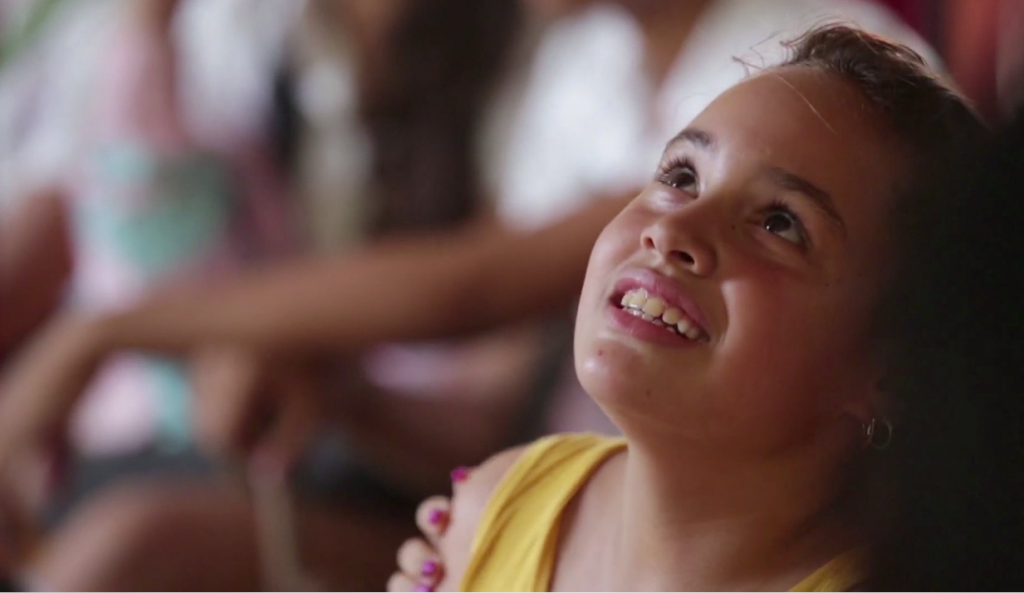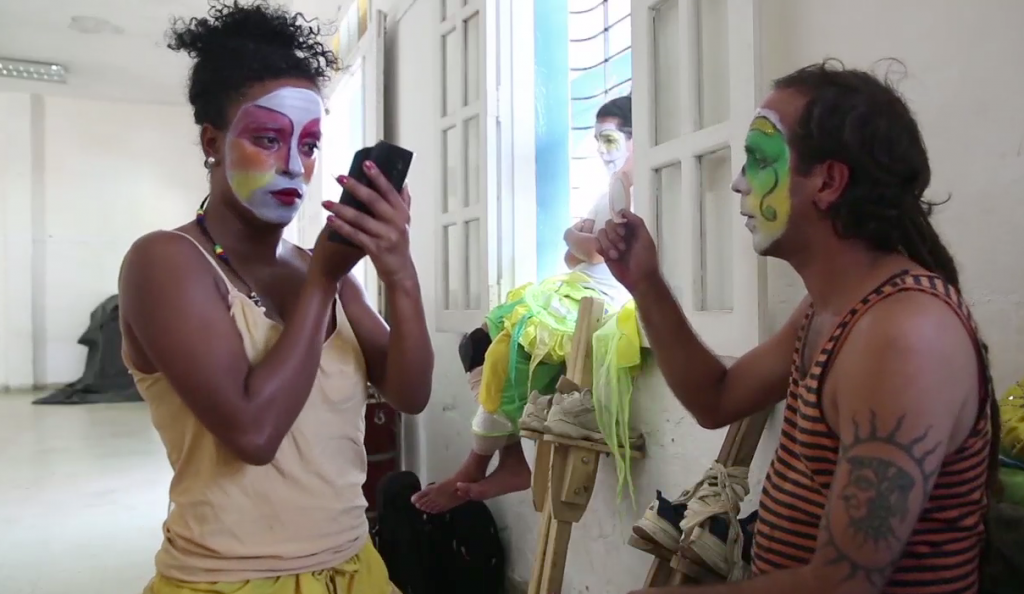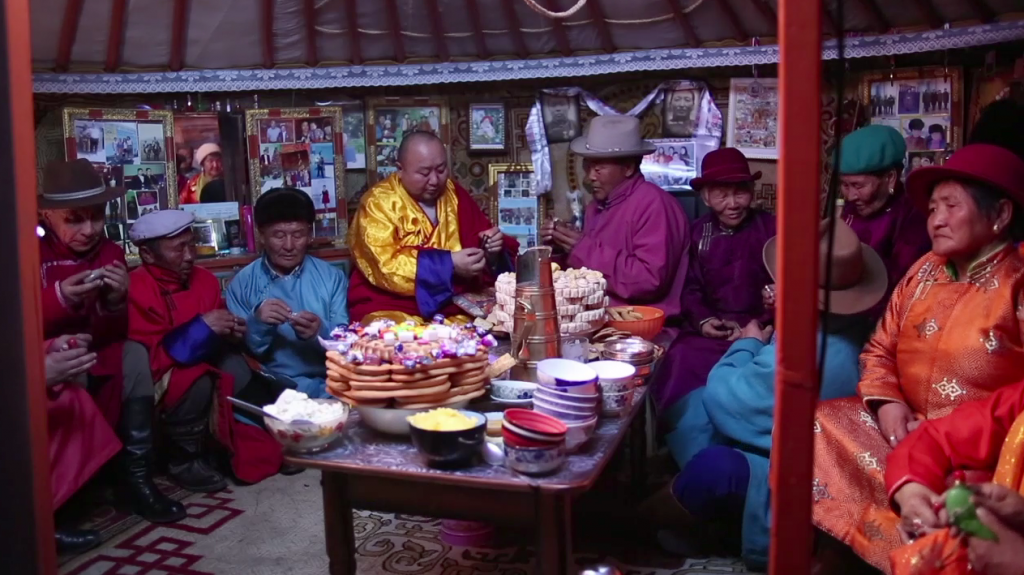Frame of Mind: The Melinda Levin Retrospective
ArtandSeek.net October 31, 2018 19This week on “Frame of Mind”, we sit down with filmmaker Melinda Levin to talk about her work overseas and in the classroom. Levin has produced and directed films with topics ranging from the environment to culturally diverse communities across the globe.
We talked to her about interacting with these communities and using film to reach across cultural boundaries. “Frame of Mind” airs on KERA-TV on Thursday – take a look at the season here.
Often, you go overseas and you’re going into closed communities. How do you get people to be vulnerable with you in those situations?
Right, because one, you’re from the United States and two, you’ve got a camera in their face. I’ve got several things that I think are important to [make] people comfortable with opening up to both me and the camera. One of them is just trying it without the camera at first. Just be a person who’s interested in their lives and their stories and listen to them off-camera. Some filmmakers say,
“Don’t ask questions unless the camera’s there, because what if they say an amazing thing and you don’t get it later on camera the same way?” And there’s something to be said for that. But also, that puts up a barrier. I think it’s really important to get to know someone without a camera.
How do people usually react to that?
The first reaction is a smile. Then, people are confused about what’s the difference between a documentary filmmaker and a journalist. Usually people are relieved and usually, immediately, people want to start asking me questions about myself. Sometimes, it’s just “How was your flight?” but I’ve had people dig really deep and ask me very personal questions. But usually, it’s relief and happiness. Maybe it’s disbelief almost, that they’re being given that opportunity.

A still from Levin’s film about dance performances in Havana.
What draws you to making films about the environment?
One time, I was in a grocery store in Texas and I was standing in the produce section. There was a young mother and she had a boy who asked, “Why do we still have farms when we have grocery stores now?” and I don’t make films for kids but that’s an example of this disconnect that we oftentimes have. It’s understandable for a kid – it was a really good question. Just this [goal of saying], “Look. Pay attention. Look. Pay attention to things”.
I have one small role on the planet: to help people tell the story of the planet. We don’t have a lot of wiggle room on this planet in terms of air and water and we all rely on it. It’s a very complex ecosystem we live in, so getting people to pay attention to something as simple as, “We do irrigation of these fields and here’s why we do them.” In my experience, when you show somebody something like that, for the next two or three weeks, they’re going to be paying more attention to water in their own lives. So that’s my role here.
We don’t all need to be bleeding heart liberals and we don’t all need to agree on policy but we all need to be paying attention to what’s around us.

Dancers apply makeup before their street performance.
In such a polarized political climate, do you think films that go into these communities hold more weight? Should filmmakers be doing more films like these?
The more we listen and pay attention to those who are different than us – I put myself there too- I have very specific political beliefs and my upbringing is a specific way and my gender and sexuality are specific things. The more I listen to and pay attention to people that I don’t necessarily agree with, or I don’t like, I become a better person, a more informed person. It’s not always comfortable and sometimes, I can get angry. The act of listening to someone helps them also to become a better human. We all need to be telling our stories with care and we should be listening to people with care. Otherwise, we’re always going to be divided.

A traditional family in Mongolia gathers together to celebrate a newborn baby.
You’ve been teaching at UNT for a while. Is that something you try to impart to your students as well?
Absolutely. I work at a public university and I’m always as careful as I can be about different opinions on things. We don’t all have to agree at a university environment, but we have to have the freedom to share ideas. I teach production at the graduate level as well as anthropological documentaries. I teach a survey course right now on what does it mean when you’re attempting to tell the story of someone else’s culture through anthropology? So, we talk a lot about this idea of the “other”. As long as I can define that person, or that political platform, as different from me, I can put a fence around it and say, “Well, that’s not me”. I’m in a position to tease these ideas of listening and respectful storytelling in a variety of ways as a professor. That’s a privilege and I take it really seriously.
What has been the most important thing you’ve learned throughout your film career?
We’re almost genetically designed to want to tell about ourselves and about our communities. We did it on cave walls thousands of years ago and now we do it on Instagram and Twitter. Whether it’s scientific stories about the planet or just what my dog did this morning. There’s listening or watching, but witnessing is a more sacred term. We witness each other’s lives for this short period we’re on the planet and that’s what I help students do at this university. That’s what I help people around the world do through the films that I’m privileged to direct and be a part of.










